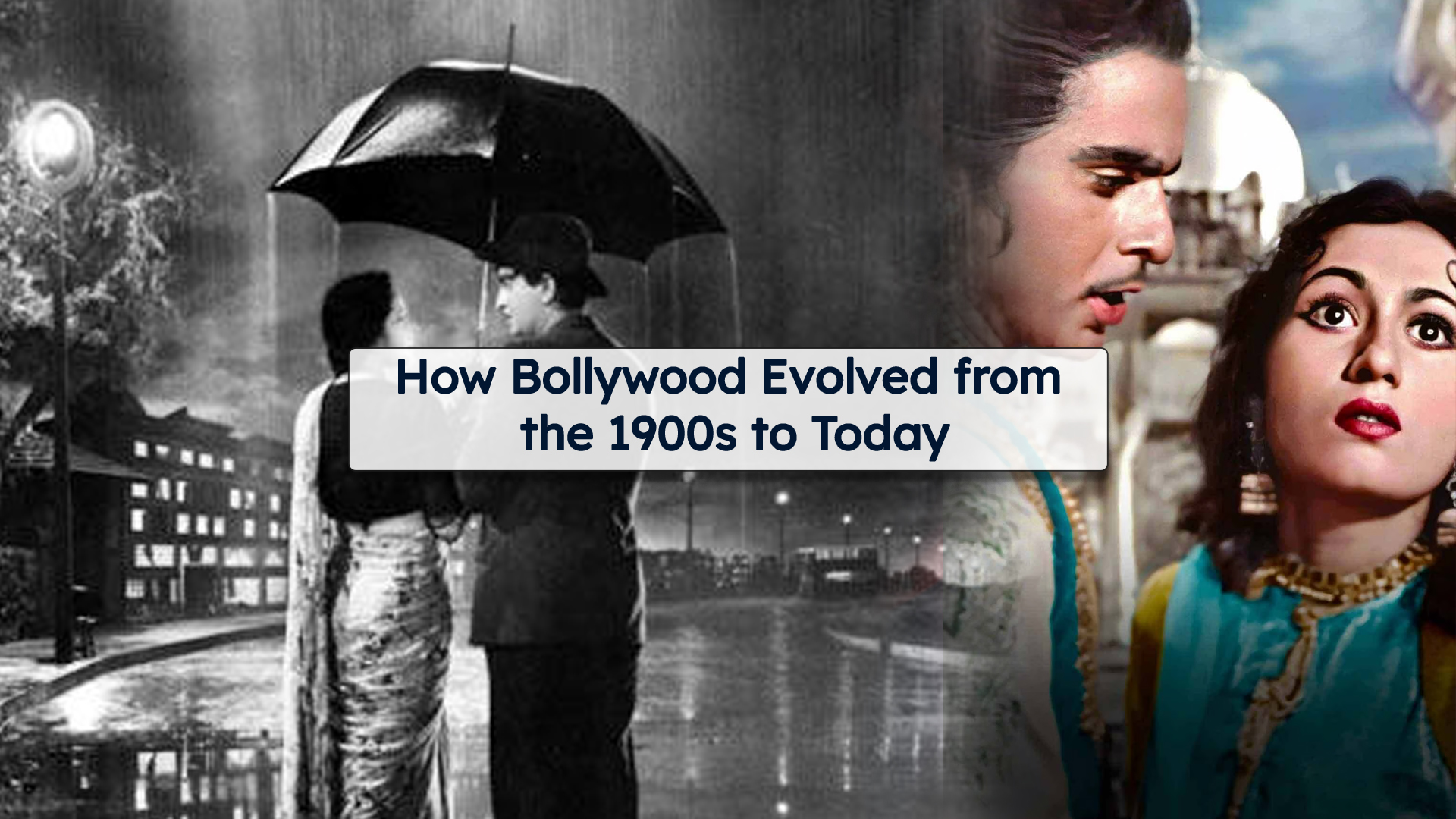Bollywood, the heart of India’s film industry, has undergone a remarkable transformation since its inception in the early 1900s. From silent films to global blockbusters, Bollywood has continuously evolved, reflecting the changing cultural, social, and technological landscapes of India. Let’s take a journey through the different eras of Bollywood and explore how it has grown into the cinematic powerhouse it is today.
The Silent Era (1910s-1930s)
The roots of Bollywood can be traced back to 1913 when Dadasaheb Phalke directed Raja Harishchandra, India’s first silent feature film. Inspired by mythological themes, early Indian films relied heavily on expressive acting and intertitles. Silent films dominated the industry until the arrival of sound in the 1930s.
The Golden Age (1940s-1960s)
The 1940s and 50s marked the rise of Bollywood as a storytelling medium that resonated deeply with Indian audiences. With the introduction of sound in Alam Ara (1931), Bollywood saw a surge in musicals, which became a defining feature of Indian cinema. Iconic filmmakers like Raj Kapoor, Guru Dutt, and Bimal Roy crafted emotionally compelling narratives tackling themes of romance, social justice, and patriotism. Legendary actors such as Dilip Kumar, Dev Anand, and Madhubala became household names.
The Masala Era (1970s-1980s)
By the 1970s, Bollywood saw the rise of the “masala” film formula—an energetic mix of action, romance, drama, and music. This era introduced the ‘Angry Young Man’ persona, epitomized by Amitabh Bachchan, who became a superstar through films like Zanjeer (1973) and Sholay (1975). Music became even more central to films, with playback singers like Kishore Kumar and Lata Mangeshkar dominating the charts.
The Globalization Phase (1990s-2000s)
The 1990s marked a shift toward family-centric dramas and romance films, driven by the successes of Dilwale Dulhania Le Jayenge (1995) and Kuch Kuch Hota Hai (1998). Stars like Shah Rukh Khan, Aamir Khan, and Salman Khan gained international fame, and Bollywood movies began reaching global audiences, especially in the UK and the US. Technological advancements brought better production quality, and collaborations with international studios became more common.
The New Age of Bollywood (2010s-Present)
In the 2010s and beyond, Bollywood has diversified its storytelling, moving beyond formulaic scripts to explore more experimental and socially relevant themes. Films like Gully Boy (2019), Article 15 (2019), and Andhadhun (2018) highlight Bollywood’s growing interest in realism and strong narratives. The influence of streaming platforms like Netflix and Amazon Prime has also changed viewing habits, allowing more independent and offbeat films to find audiences.
The Future of Bollywood
As Bollywood continues to evolve, it embraces both tradition and innovation. With advancements in digital effects, international collaborations, and a growing emphasis on storytelling, the industry is poised to reach even greater heights. As Indian cinema becomes more globalized, its impact on the world stage will only continue to grow.
From its humble beginnings in silent cinema to its status as one of the world’s biggest film industries, Bollywood’s journey is a testament to its ability to adapt, entertain, and inspire generations of moviegoers.


